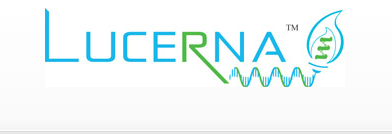About Lucerna
Founding Mission
The mission of Lucerna is to be the market leader in the development of RNA-based research reagents that enable scientific discovery.
Lucerna was launched in 2010 by scientists who developed the Spinach™ technology. Spinach, a RNA mimic of the green fluorescent protein (GFP), was developed in the laboratory of Dr. Samie Jaffrey of Weill Cornell University. Since then, over 50 articles have been published on the Spinach™ technology.
Lucerna licensed the Spinach™ technology from Cornell University with the goal of developing "scientists friendly" tools to help propel this burgeoning RNA era.
Product Launch
Lucerna's first RNA imaging product, DFHBI fluorophore, was launched in 2011.
DFHBI is a small molecule dye that fluoresces when bound to the Spinach aptamer. RNA that genetically encodes the Spinach tag can be expressed in cells and with the addition of DFHBI, living RNA localization and movements can now be visible under the microscope.
The development and testing of the Spinach aptamer and DFHBI fluorophore was first described in Paige, et al., Science, 2011.
New Vegetables
DFHBI-1T, a brighter and more photostable fluorophore, was launched in 2014. Soon after, new aptamer tags that have different properties or fluoresce in different colors (Broccoli, Corn, Red Broccoli, and Radish) were also introduced.
The Spinach aptamer was originally named as homage to the late Dr. Roger Tsien. Dr. Tsien named all of fluorescent proteins developed in his labs after fruits (e.g. mCherry, dTomato, mApple, mCitrine, etc.). Following this tradition, all aptamers derived from the Spinach™ technology are named after vegetables that best match their fluorescent colors.
Splicing Drug Discovery Platform
Lucerna received a $1.5M phase II SBIR grant from the National Cancer Institute to develop a high-throughput drug screening platform to identify drugs that can correct a splicing event key to cancer's metabolic pathway. This platform uses the Spinach™ technology to generate fluorescent sensors that can detect endogenous splice isoforms in cells.
In 2017, Lucerna also successfully completed a R&D project for a top 5 pharma company to develop a custom splicing assay to identify novel splice modulating hits.
Our splicing drug discovery platform is high-throughput compatible, can target any endogenous spliced isoforms, and can detect hits that cause as small as 10% splicing changes.
In Development
Lucerna is always looking for ways to develop unique research and drug discovery tools to help solve urgent problems in the RNA world.
Current technologies in development include:
• Cell-based antiviral drug discovery platforms
• Enhanced fluorophores that allow single-molecule RNA imaging in live cells.
• Fluorescent sensors that report changes in RNA structures.
• Sensors that detect intracellular metabolic changes for drug discovery and for industrial biotechnology applications.
Products & Services
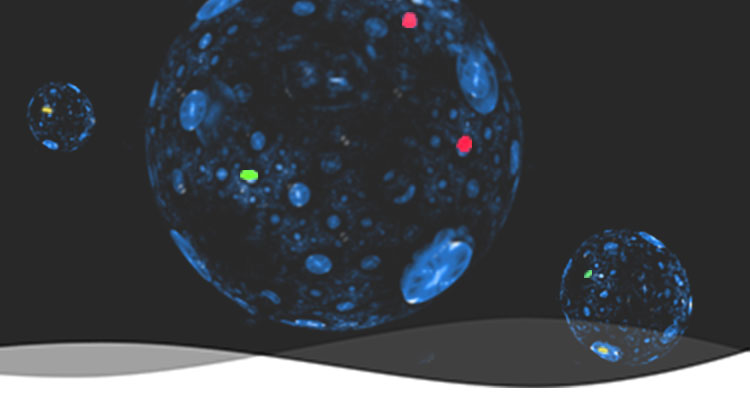
Fluorophores
Proprietary dyes that turns on the fluorescence of the Spinach family of RNA aptamers.
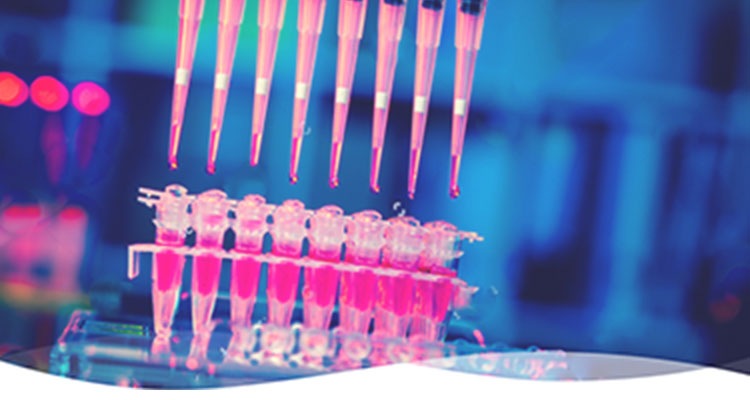
Assays
High-throughput compatible assays with homogenous workflows and robust fluorescence readouts.
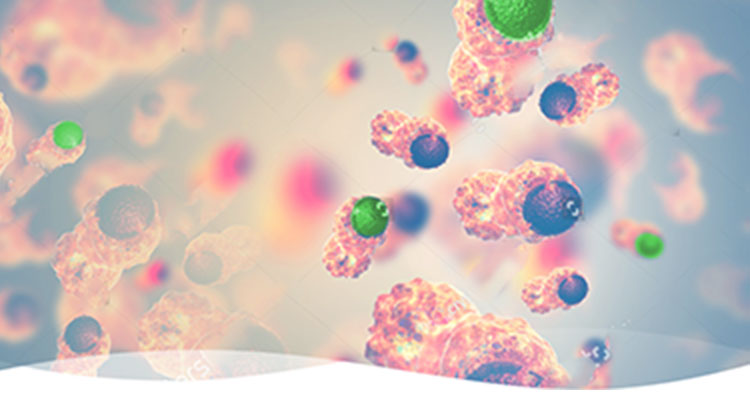
Sensors
Custom fluorescent sensors that detect medically important RNAs with specificity and sensitivity.
蚂蚁淘生物做为lucerna technologies的一级代理商,竭诚为您服务!
【订购】蚂蚁淘生物科技 联系方式:4000-520-616
更多产品,更多优惠!请联系我们!
苏州蚂蚁淘生物科技有限公司
咨询热线:4000-520-616
蚂蚁淘官网:https://www.ebiomall.cn/
